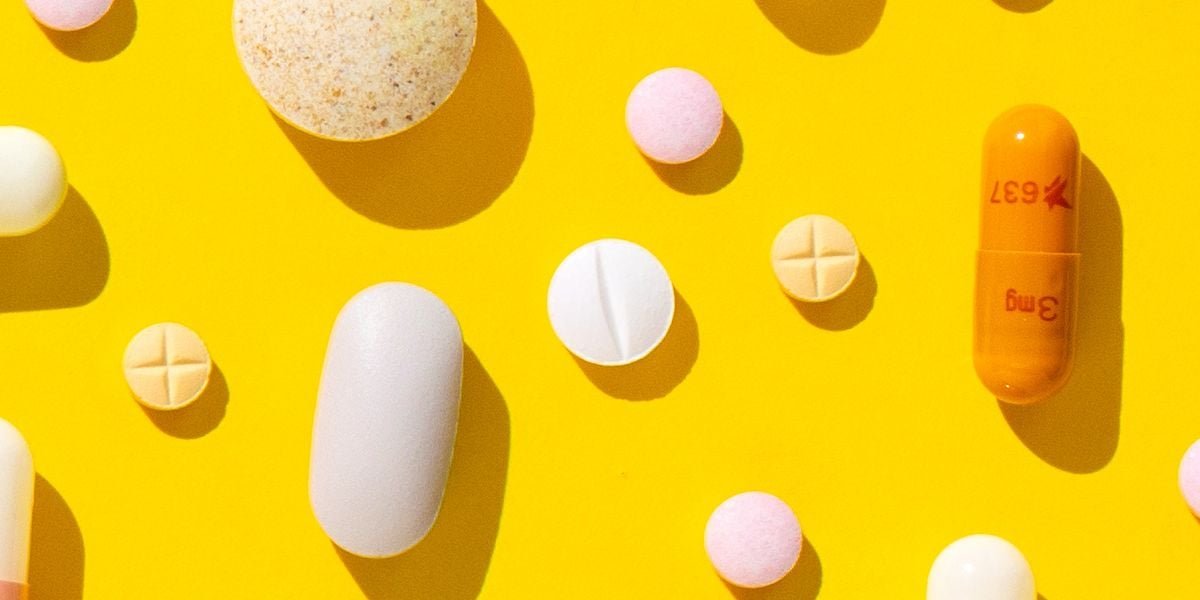Oral Hypoglycemic Agents – This book covers the entire syllabus of “Pharmacology” prescribed by BNMC- for diploma in nursing science & midwifery students. We tried to accommodate the latest information and topics. This book is an examination setup according to the teachers’ lectures and examination questions.
At the end of the book, previous questions are given. We hope in touch with the book students’ knowledge will be upgraded and flourish. The unique way of presentation may make your reading of the book a pleasurable experience.
Oral Hypoglycemic Agents
Classification of Oral Hypoglycemic Agents
A. Sulfonylureas
a. First generation sulfonylureas:
1. Tolbutamide
2 Chlorpropamide
3. Tolazamide
4. Acetohexamide
b. Second generation sulfonylureas:
Biguanides
1. Metformin
2. Phenformin
3. Buformin
4. Glibenclamide
5. Glipizide
6. Glicazide

Sulfonylurea
In 1955, sulfonylurea drugs became widely available for the treatment of NIDDM. The compounds are aryl-sulfonylureas with substitution on the benzene and urea group.
Mechanism of action of Sulfonylurea
1. Sulfonylureas promote the release of insulin from the pancreatic ẞ-cells. Within the B- cells there are granules which contain insulin. Sulfonylurea causes degranulation of the ẞ- cells, resulting in release of insulin. At least 30% of the active pancreatic B-cells must be present for the action of sulfonylurea.
2. Sulfonylureas also inhibit the release of catecholamine, thereby decrease the blood glucose level.
3. Sulfonylureas also reduce output of glucose from the liver by inhibiting the phosphorylase enzyme.
4. Sulfonylureas induce increased activity of peripheral insulin intracellular receptor.
5. Sulfonylureas may act to reduce glucagon secretion.
Inhibit ATP sensitive K+ channels in pancreatic p cells
↓
Depolarisation and influx of Ca**
↓
Insulin release from B cells
↓
Anti-diabetic action

Pharmacokinetics of sulfonylureas
1. Route of administration: oral.
2. Absorption: absorbed well from the gut with food.
3. Distribution: 99% protein bound, can cross placenta (teratogenic)
4. Metabolism: Liver.
5. Excretion: Urine.
Indications of sulfonylureas
1. NIDDM (except in overweight diabetics
2. Adverse effects of Sulfonylureas
3. Hypoglycaemia
4. Hypersensitivity
5. Crystalluria
6. Haematuria
7. Oliguria
8. Nausea, Vomiting
9. Bone marrow depression
10. Cholestatic jaundice
11. Pancytopenia
12. Abdominal discomfort
13. Diarrhoea
14. Muscle weakness
15. Vertigo, Ataxia
16. Mental confusion
17. Agranulocytosis
18. Leukopenia
19. Haemolytic anaemia
20. Teratogenic effect
21. Goitre
Contraindication of Sulfonylureas
1. Diabetes in pregnancy (risk of teratogenecity) o Known allergy to drugs.
2. IDDM (type-I Diabetes mellitus)
3. After surgery (post-operative patient)
4. Severe renal insufficiency and hepatic failure.
5. Elderly patient with impaired renal function (risk of hypoglycemia)
6. Young ketotic patients
Limitations of sulfonylureas as hypoglycemic agent
1. The drug ineffective in diabetic patient who have no endogenous insulin.
2. At least 30% of B-cells must be in active condition for the action of sulfonylureas.
3. Continued dietary restrictions are essential to maximize the efficacy of the sulfonylureas.
4. Cannot be used in diabetic complications.
5. Contraindicated in patient with hepatic and renal failure, type-I diabetes, pregnancy and lactation
Drug interaction:
| Interaction | Possible cause |
Sulfonylureas + aspirin (salicylates) ‘: Increase sulfonylureas activity | Displacement of sulfonylureas from protein binding site. Reduce renal elimination |
Sulfonylureas + Enzyme, Inducers i Rifampicin i Decrease clinical effects of sulfonylureas. | enzyme inducer increase the metabolism of sulfonylureas |
| Sulfonylureas + Enzyme Inhibitor (Cimetidine) Increase clinical effects | Enzyme inhibitor inhibit the metabolism of sulfonylureas. |
| Sulfonylurea+ ẞ blocker , More hypoglycaemia | ẞ blocker inhibit the release of glucose from liver in response of hypoglycaemia caused by sulfonylureas |
| Sulfonylureas + Steroid Reduce clinical effects | Adrenocorticoids antagonise insulin action |
| Sulfonylureas + Diuretics Reduce clinical effects | Thiazides cause diabetes itself. |

Biguanides
Metformin, Phenformin, Buformin.
Biguanides act directly and have no effects on B-cells.
Mechanism of action of Biguanides
1. Biguanides directly stimulate glycolysis in peripheral tissues with increased glucose removal from blood.
2. Reduce blood glucose level by reducing hepatic gluconeogenesis.
3. Reduce intestinal glucose absorption.
4. Enhancement of insulin receptor binding.
Indication of Biguanides
1. IDDM, NIDDM.
2. NIDDM with primary hyperlipidaemia.
3. Secondary failure with sulfonylurea.
Adverse effects of biguanides
- GIT upset: Anorexia, nausea, vomiting, Abdominal discomforts, Diarrhoea, fatigue, Hypoglycaemia.
- Lactic acidosis (rare but fatal toxic effect)
Contraindication of biguanides
1. Renal insufficiency.
2. Hypoxic condition.
3. Pulmonary insufficiency.
4. Hepatic insufficiency.
5. Pre and postoperative cases.

Drug interactions
| Insulin + biguanides | No action of biguanides |
| Biguanide + Sulfonylureas | This combination is effective when a single drug has proved to be ineffective |
| Insulin+sulfonylurease | Sulfonylurease increase the sensitivity of tissues to, insulin; this is rational |
Read More…
